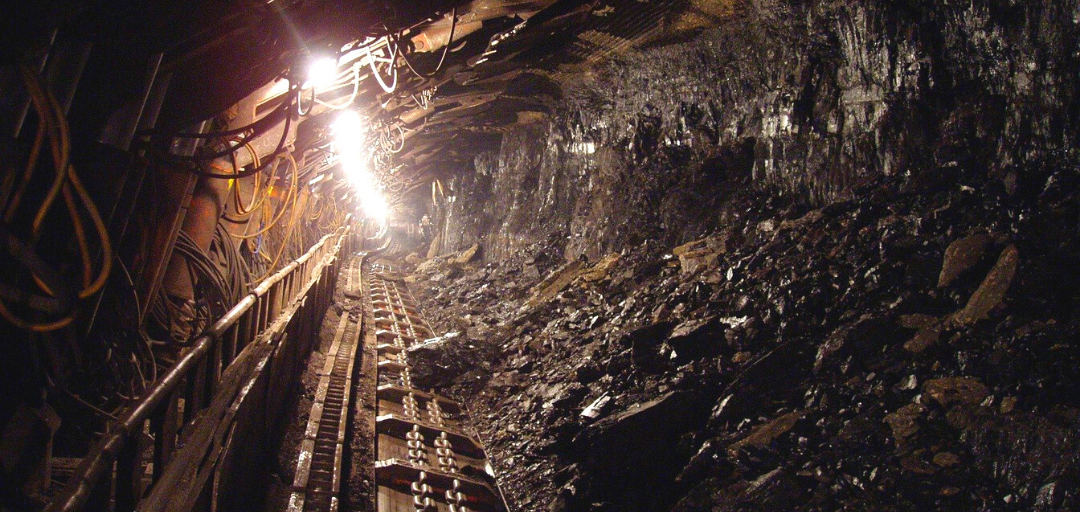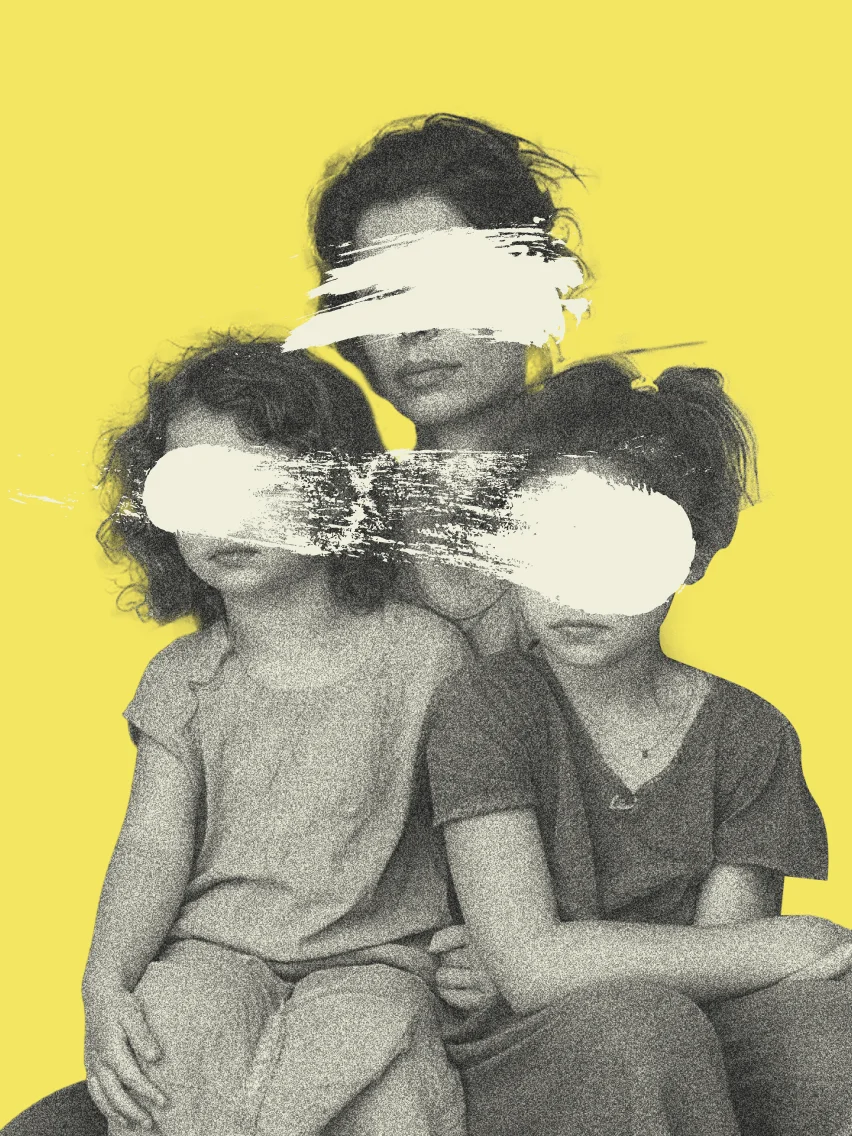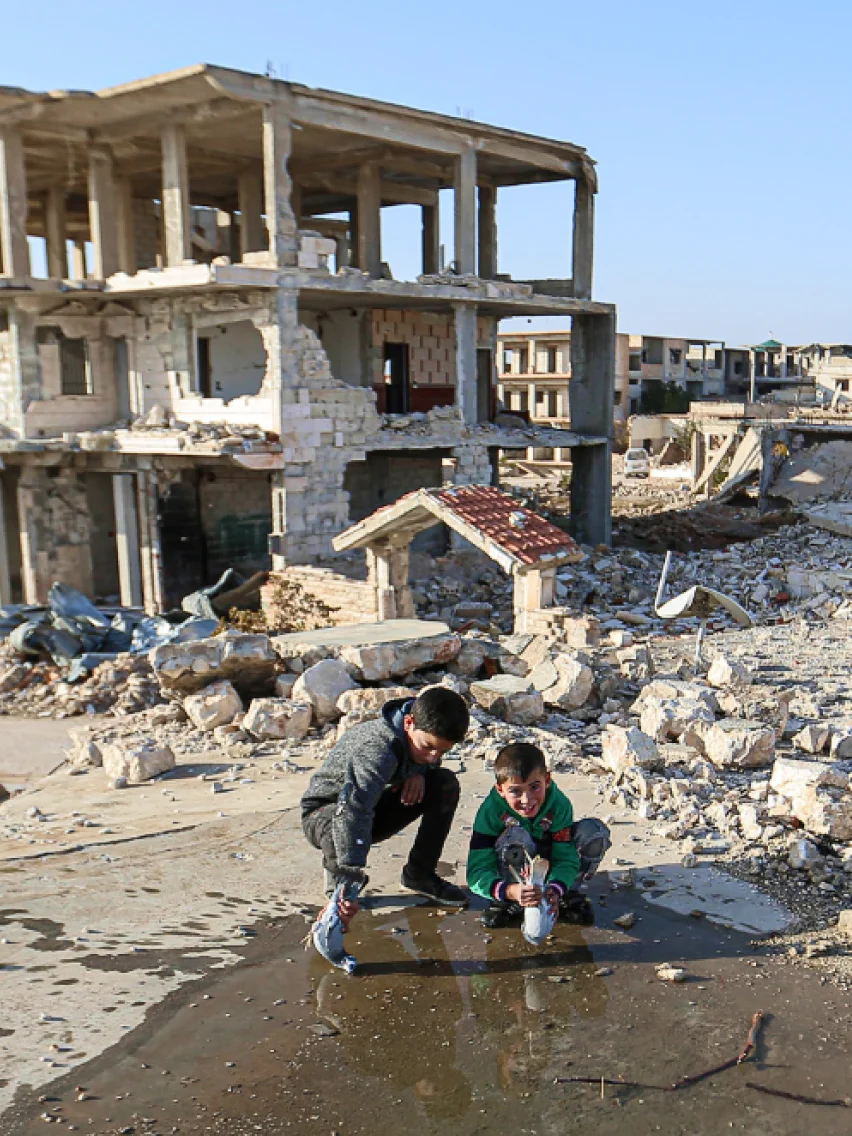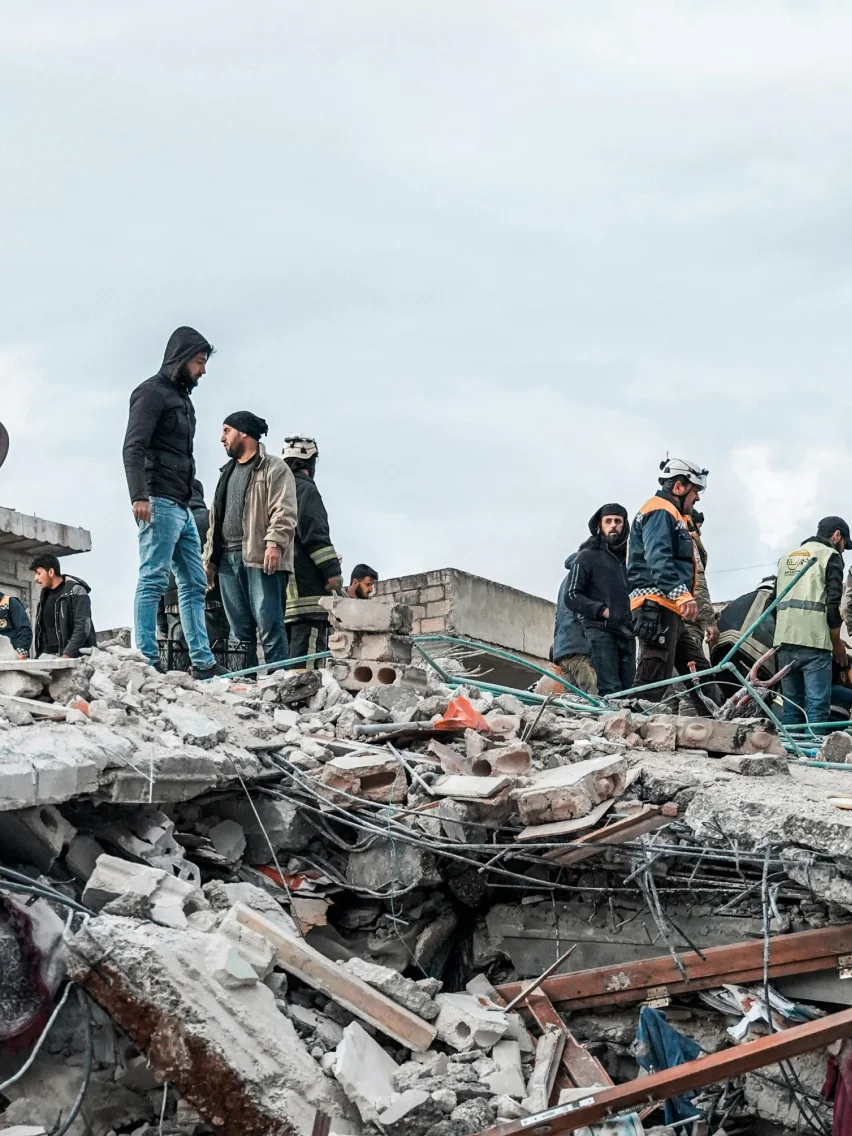Almost one in ten of all children worldwide are in Child Labour, and the COVID-19 pandemic could push millions more into exploitative conditions.
On June 12th 2020, the World Day Against Child Labour will focus on the impact of crisis on Child Labour. Although the United Nations has called for an end to child labour in all its forms by 2025, the economic and labour market shock brought about by the Covid-19 pandemic could put more children at risk.
What is Child Labour?
Child Labour deprives children of their potential, forcing them into a world which denies the opportunity to learn, grow and make autonomous choices.
Currently, there are an estimated 152 million children in Child Labour worldwide, 72 million of which are in hazardous work.[1]
Some children work with dangerous machinery and heavy loads, sometimes underground or at unsafe heights. Others are trafficked into prostitution, and become exposed to regular physical, psychological or sexual abuse.
Often, Child Labour conjures up images of children being transported and left to fend for themselves in far-flung locations. And while this is the reality for some, others are trafficked and forced to work in the communities where they’ve always lived, sometimes even by their own family.
No matter the circumstance, Child Labour is defined as work that is mentally, physically, socially or morally dangerous and harmful to children, interfering with schooling and hindering physical and mental development.[2]
A global issue
Child Labour and Forced Labour are global realities that permeate numerous industries.
This report by the United States Government documents 148 goods produced globally by Child Labour or Forced Labour across 76 countries, with the majority in the agricultural sector.
Coffee, tobacco, rice and fish are among the goods with the most Child Labour and Forced Labour listings.
World governments and international organisations are learning about the true magnitude of these issues. Meanwhile, consumers are beginning to increasingly boycott major food and beverage brands as a result of watchdog reports of exploitative working conditions and Child Labour.
This is partly down to technology changing the way we live, work and absorb information, as R. Alexander Acosta, the United States Secretary of Labour, points out.
“Yet,” he says, “A relic of the previous era persists: 152 million child laborers and 25 million forced laborers are estimated to still sweat and toil worldwide.”[1]
The reality is that there is still much work to be done before we can ensure that the goods and services we rely on do not have exploitation at their core.
Jacob’s story
Jacob was one of the children whose story was revealed in this report by Human Rights Watch in 2015. At just 14 years old, he began mining for gold in the Bicol region of the Philippines.
Jacob became one of the thousands of children in the Philippines risking his life daily, working in deep, unstable pits prone to collapsing. As well as the risk of drowning underwater, these children risk poisoning and irreversible health damage from the mercury used to process gold.
Gold unearthed by children across the world often flows freely into the global market.
Although the government of the Philippines ratified treaties and enacted laws to combat Child Labour, it has largely failed to implement them and does not penalise employers or withdraw children like Jacob from exploitative work environments.
The report found that nearly a third of the children interviewed did not go to school at all, and many of those that did reported chronic tiredness or skipping classes due to working in the mines.
Like Jacob, it was children from impoverished and under-supported communities that were at the highest risk. Not only do families in mining areas frequently depend on the labour of children for survival, but social support programs and child protection systems in these areas are either non-existent or in need of vast improvement.
Child labour amid the Covid-19 pandemic
Global health crises can exacerbate the conditions necessary for Child Labour to take place, further displacing those most vulnerable and giving criminal networks more frequent chances to exploit.
Previous crises, such as the 2014 Ebola epidemic, showed that factors including school closures, business shut downs, unemployment and a lack of social protection systems played a particularly strong role in increasing the risk of Forced Labour and Trafficking.[1]
This vulnerability is increased in crowded, unprotected places, such as refugee, migrant and IDP camps.[2]
Unfortunately, economic and social crises often hit children particularly hard. It is estimated that 42-66 million children could fall into extreme poverty as a result of the Covid-19 pandemic, putting them at greater risk of exploitation.
Job loss and health shocks may also see more households resorting to Child Labour in order to cope, especially if children are temporarily out of the education system.
As well as negatively affecting people’s livelihoods and personal safety, the pandemic is also disrupting victim assistance and support services, with some NGOs being forced to limit their outreach and response.
Now more than ever, it is important for the world community to be aware and willing to address Child Labour and its effects.
What can you do?
Empowering ourselves with knowledge is one way to take personal action on World Day Against Child Labour. The more people asking questions, demanding change and advocating for a world without Child Labour, the more likely it is to become a reality.
The International Labour Organisation (ILO) have listed current initiatives and ways you can get involved in the campaign to end Child Labour on their website here.
On Friday 12th June, the International Labour Organisation (ILO) will be holding a high-level virtual debate on the importance of protecting children from Child Labour in COVID-19 response. It will take place on the ILO TV YouTube account, and is free to access.
References
[1] https://www.un.org/en/observances/world-day-against-child-labour
[2] https://www.ilo.org/ipec/facts/lang–en/index.htm
[3] https://www.dol.gov/sites/dolgov/files/ILAB/ListofGoods.pdf
[4] https://www.ilo.org/wcmsp5/groups/public/—ed_norm/—ipec/documents/publication/wcms_745287.pdf

 20.03.24
20.03.24
 14.03.24
14.03.24
 01.03.24
01.03.24
 09.02.24
09.02.24
